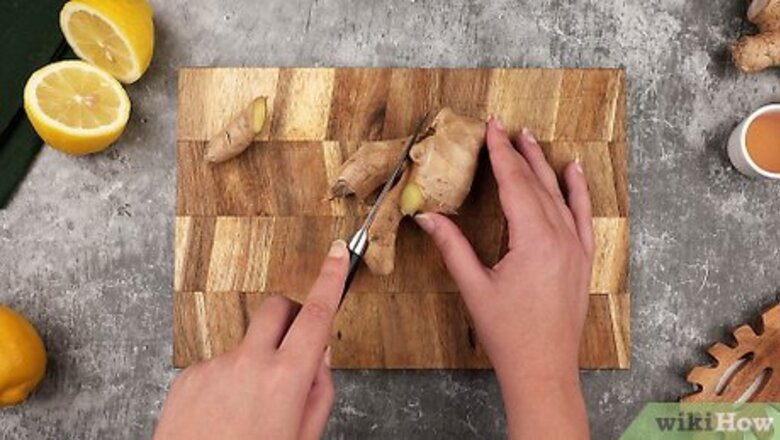
views
X
Research source
Peeling and Grating the Ginger
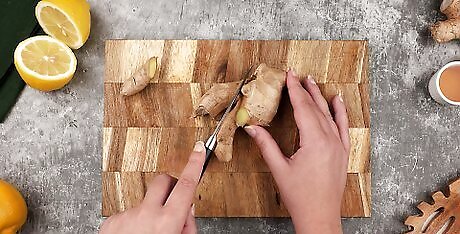
Cut your ginger into a 4 inch (10 cm) piece. Using a sharp knife, slice a piece of ginger of approximately 4 inches (10 cm) off your larger ginger root. Cut off any small nubs with a paring knife so you have a relatively uniform piece.
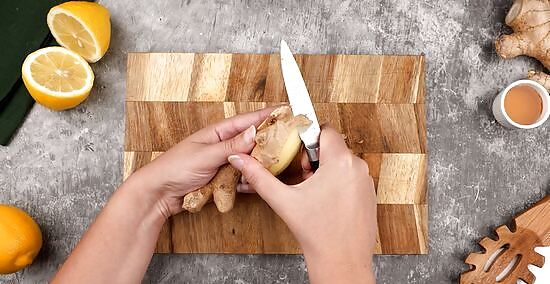
Peel the skin from the ginger. Using a knife or a vegetable peeler, remove the tough outer skin of the ginger to reveal the light yellow heart inside. Alternatively, you can rake the tip of a spoon across the light brown exterior to remove the outer skin. Discard the exterior.
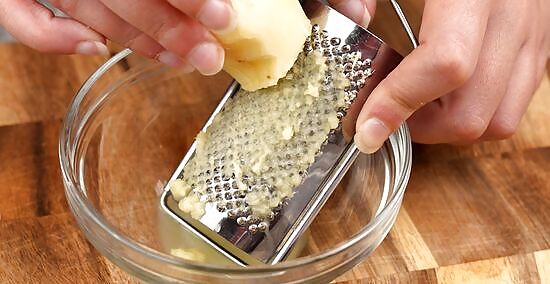
Finely grate the ginger. Use a microplane or a fine grater to grate all of your ginger into a mesh sieve set over a small bowl. Discard any extra fibrous pulp that builds up on the top of the grater. Take care not to touch your eyes and nose while grating the ginger. It can be spicy! Wash your hands after grating the ginger.
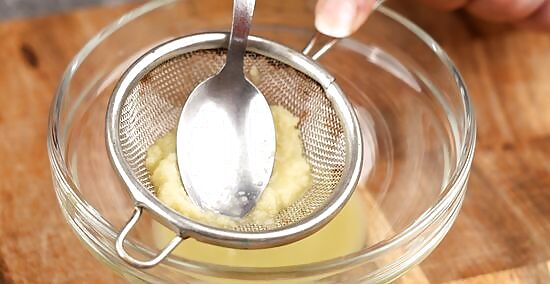
Press the grated ginger to make ginger juice. Use a flexible rubber spatula to press the grated ginger against the sieve over the bowl. Drops of ginger juice will flow into the bowl below. As the grated ginger in the sieve becomes drier, form the grated bits into a mound, then press them repeatedly to yield more juice. This process should yield approximately 1 teaspoon (4.9 ml) of fresh ginger juice. Set this aside. If needed, cut and juice a little more ginger to yield the amount needed.
Squeezing the Lemon and Lime Juices
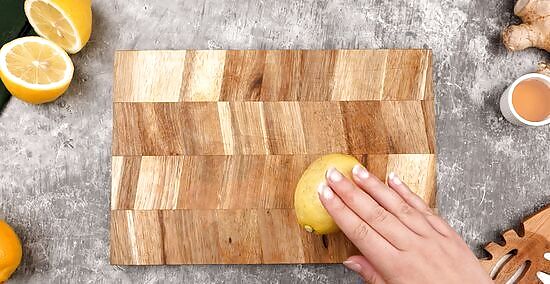
Roll the citrus fruits against the counter. Take a lemon or lime in your hand, and use the heel of your palm to apply pressure as you roll it across the counter. Repeat this roll with each piece of fruit you’ll be using. Rolling your citrus like this before squeezing helps extract the most juice.
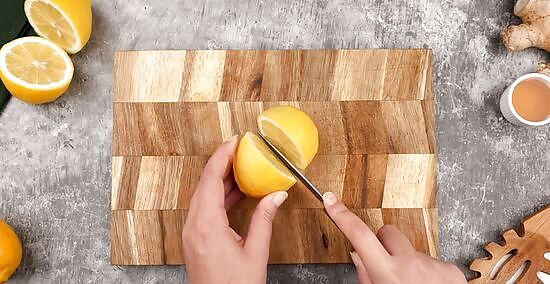
Cut the citrus in half crosswise. Use a sharp kitchen knife to cut the lemons and limes you’ll be using in half. How much juice each piece of fruit produces will vary. It’s best to have 2 of each in case you get a dry piece of produce. When selecting lemons and limes at the store, look for fruit with a vibrant peel that feels heavy for its size.
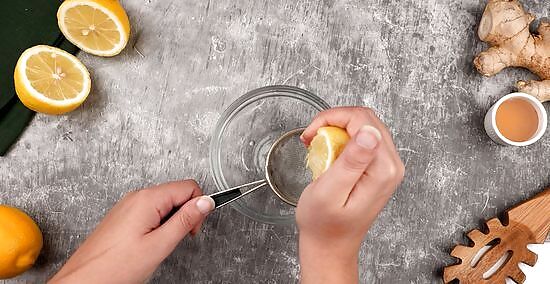
Squeeze the lemons over a strainer into a clean bowl. Use your hands or a citrus juicer to squeeze your halved lemons. Measure the juice produced using either a digital scale or a clean ¼-cup measure. Set that juice aside. Discard the squeezed lemons and the seeds in the strainer. Set aside any leftover lemon juice for salad dressing or another use in the fridge. It will keep covered for up to 3 days.
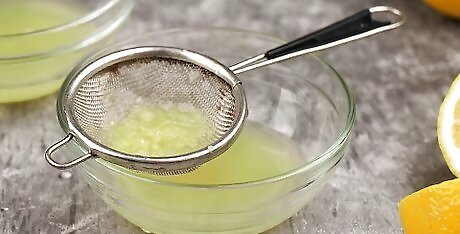
Squeeze the limes into a clean bowl. Use your hands or a citrus juicer to extract the juice from your limes. Collect the juice in a clean bowl, and measure 2 tablespoons (30 ml). Set that juice aside. Discard the squeezed lime halves.
Mixing Your Water

Combine your juices in a pitcher. Pour your measures of ginger, lemon, and lime juice into a clean pitcher or measuring cup.
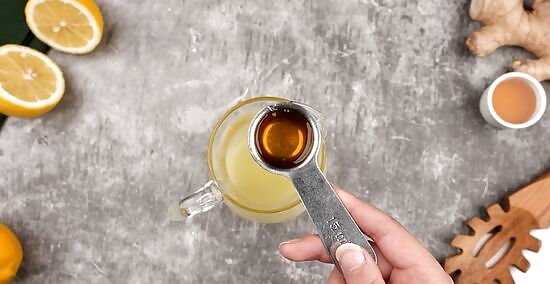
Add 2 tablespoons (30 ml) of honey or agave nectar and 1/8 tsp (5 g) of fine sea salt. Measure 2 tablespoons (30 ml) of honey or agave nectar, whichever suits your taste, and add it to the pitcher. Measure 1/8 tsp (5 g) of fine sea salt, and do the same. Stir the mixture with a spoon for 10 seconds to help dissolve the sugars and salt.

Stir in 2.75 cups (650 ml) of mineral or coconut water. Pour 2.75 cups (650 ml) of plain mineral or coconut water to the pitcher, whichever you prefer. Coconut water is slightly sweet with natural electrolytes, such as potassium and magnesium. Mineral water will yield a plainer taste and has fewer calories. You can buy both mineral water and coconut water at your local grocery store or online.

Serve your electrolyte water. Pour your electrolyte water into a glass over ice for a hydrating post-workout treat. This recipe creates two servings. For an easy shortcut, make a base mixture of all your ingredients except the water up to 1 day ahead. Store it in the fridge. Your homemade electrolyte water will keep in the fridge for up to 2 days.


















Comments
0 comment